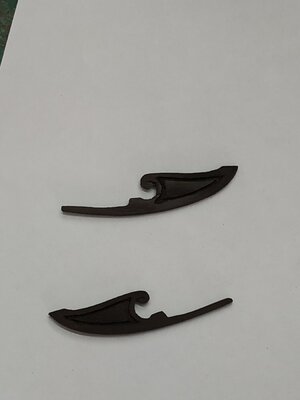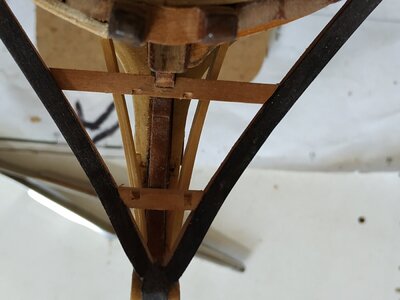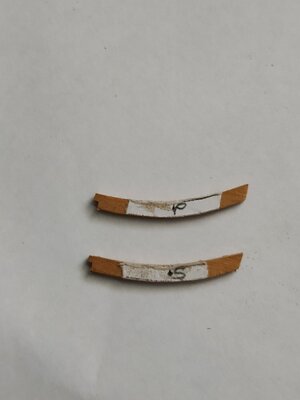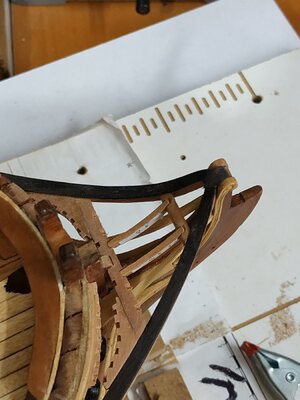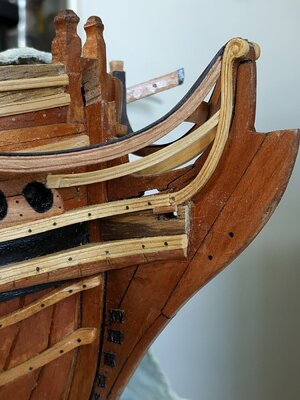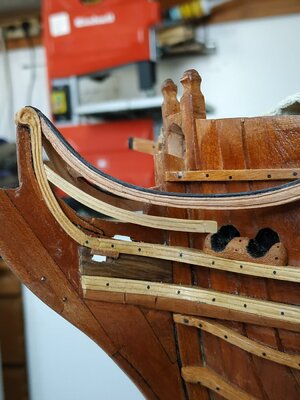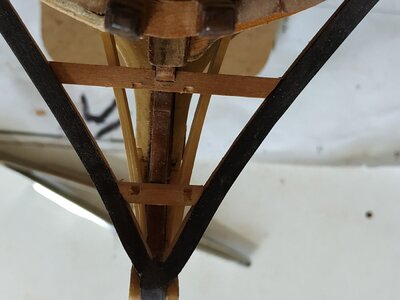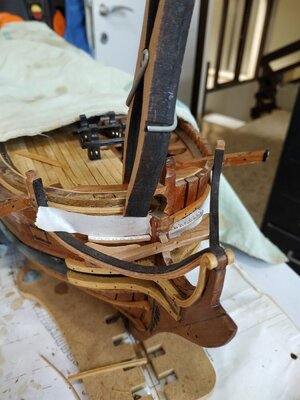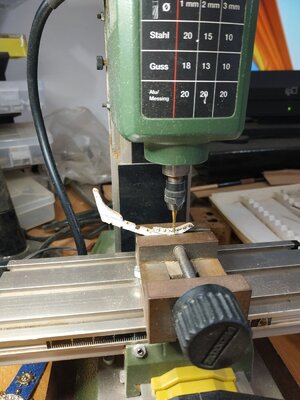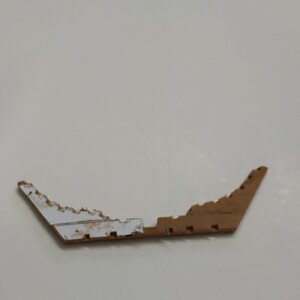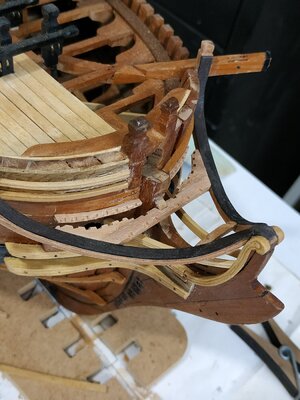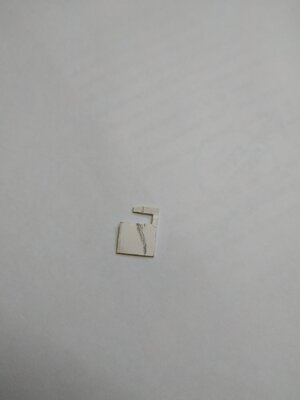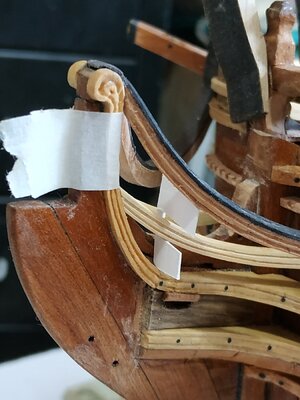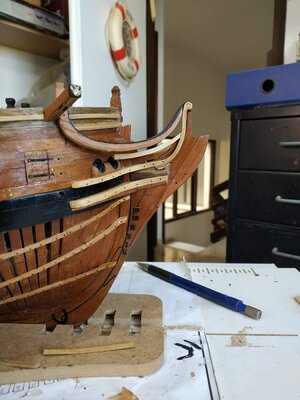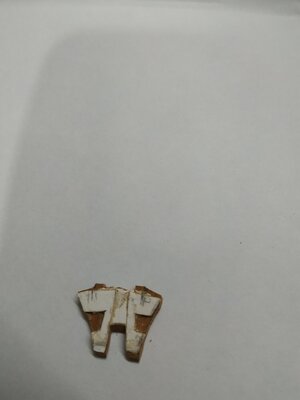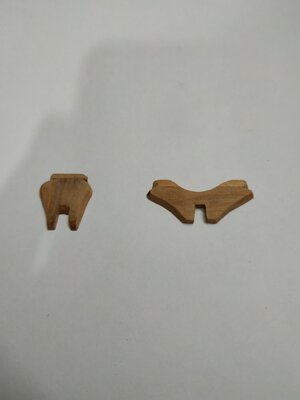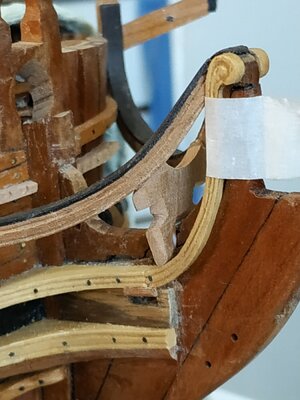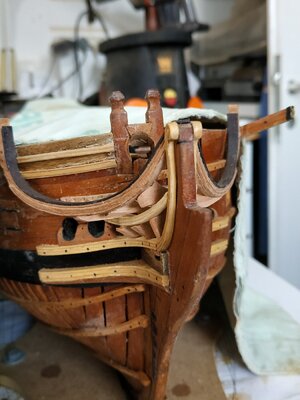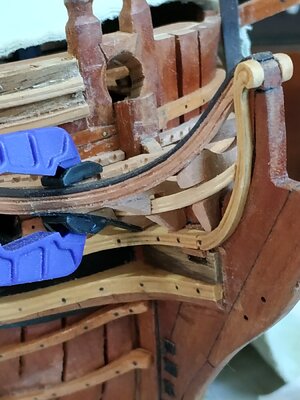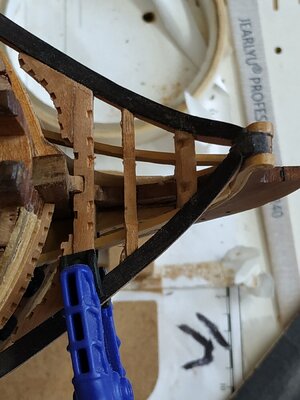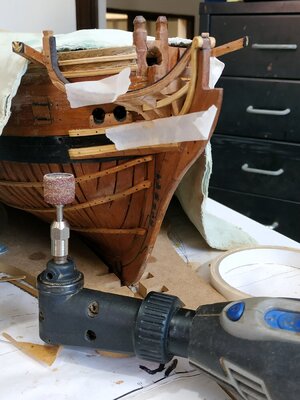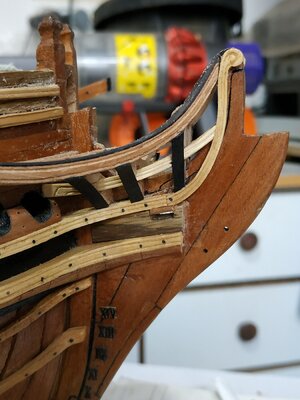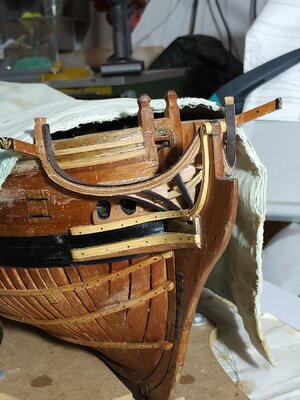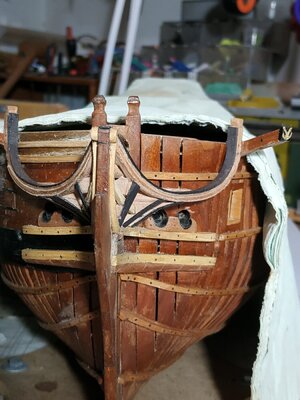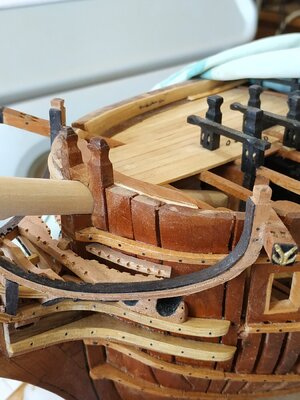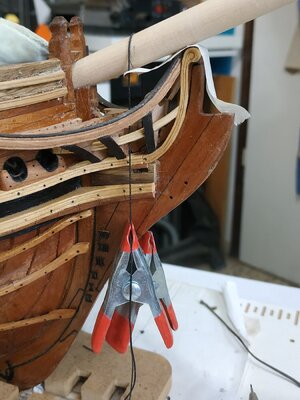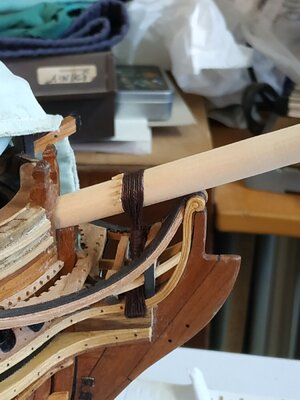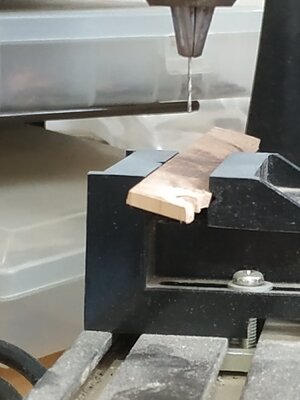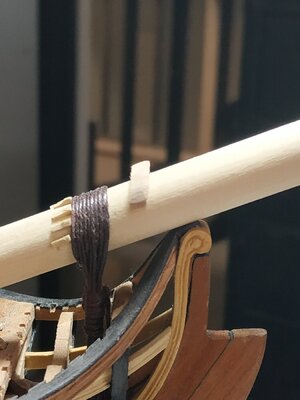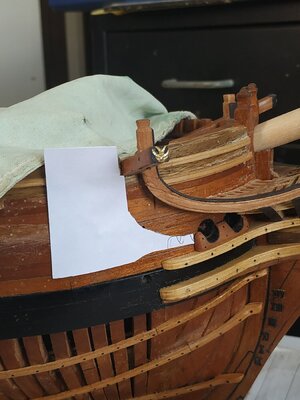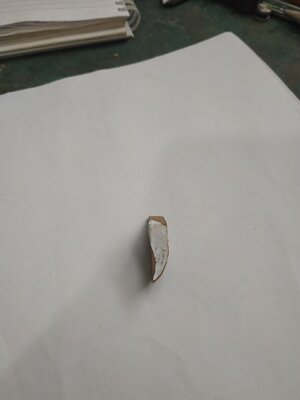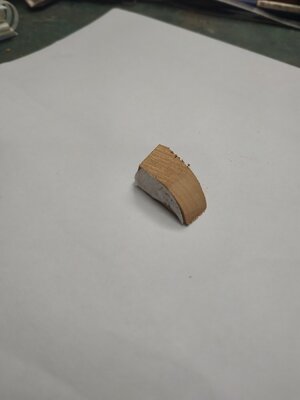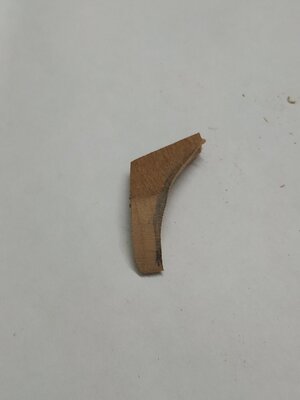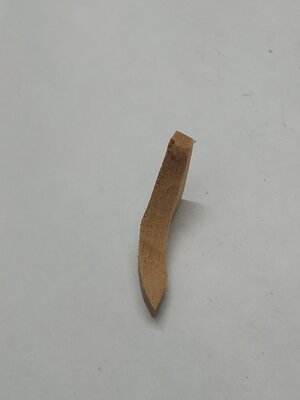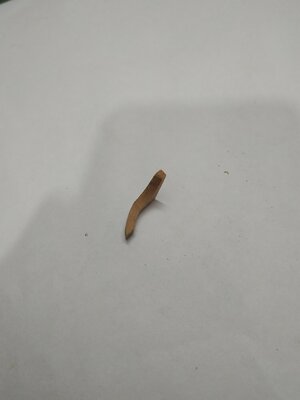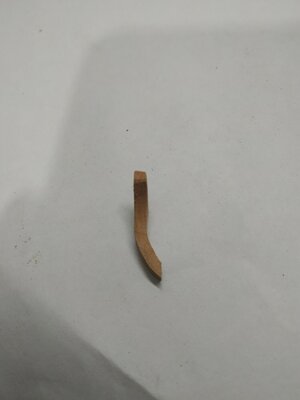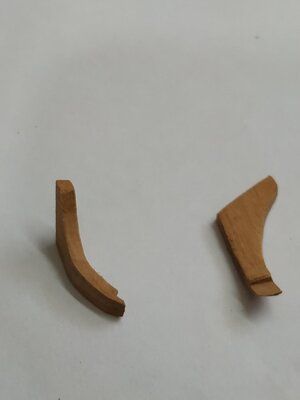The Head Timbers
This is probably the most difficult and complex part of the build so far.
No wonder kits either omit or provide the whole as a preformed piece.
3D was helpful in how it should look-but not how to get there.
Dan Vardas , usually incredibly helpful, omits much of the process and mentions a problem with a camera. I suspect he threw it out of a sense of frustration.
Reliable TFFM was detailed - I just couldn’t understand most of it. (post-covid brain)
First decide the model has 3 or 4 Head Timbers- my plans do not show #1 - the aftermost. (thankfully).
#2 is below the Head Beam.
#4 is above the fore edge of the Trail Board.
#3 is between #2 and 4.
Their width varied- #2 -2.65mm, #3 2.4mm. #4-1.9mm
.
Anyway, the drafting advice was beyond me at my best.
It suggested as an alternative a CARD method. which I adapted.
Firstly remove the Carlings,Beam, and Crosspiece- I decided to leave the Main Rail in position, however.
Starting with #4
A piece of card is cut to the height between the upper cheek and main rail, and depth from the outer edge of the main rail to the Knee of the Head, at position of the aft (larger in this case) surface.
The Lower Rail is still in place, and its position marked on the card. A slot is cut at this level.
It was seen that my Lower Rail was too high on the Hair Bracket and was adjusted to sit lower,
The new position and slot adjusted to the card.
This is repeated for Timbers #3 and #2.
The Lower Rail is removed and each card is held in place so that the depth of the slot can be adjusted so the Lower rail can fit into its position.
This is repeated for the other side of the head.
A bridging piece is needed so as to include the width of the Extension piece of the Head for #4 and #3 (#2 sits either side and therefore aren’t joined).
The aforementioned difficulties are now apparent. The various and varying angles particularly with the Main Rail need addressing.
TFFM gives a way of marking the various angles with additional slips of card, but this didn;t work for me.
I went straight to a blank, roughly shaped to the card, and then by trial and error fitted into position. Then fashion the slot for the Lower Rail.
Note that, because of the acute curve of the Extension and Main Rail, slight change of position has a huge effect on the fit. Temporary gluing in place and releasing with alcohol is required (Unlike TFFM, I found photo glue not suitable)
Note also to shape upper surfaces to allow fitting of the Beam and Cross Beam.
The Outer surface (with its angle following the Main Rail ) can now be roughed out, It was found that the slot allowing the Lower Tail, requires “closing” and some additional wood was added.
A final shaping of this surface requires some care, with protecting the Rails. VERY careful use of the sanding drum and the same drum, handheld, did the job.
This surface is covered by a Covering Board, 0.53 mm in thickness.
It is supposed to be paneled, but I made the whole from my black hornbeam wood.
To enable this to be fitted, the outer surface of the Timbers are cut back by 0.53mm, so that this Board is flush with the outer edge of the Main Rail above and the Upper Cheek below.
PHEW !!!!
View attachment 338220View attachment 338221View attachment 338222View attachment 338223View attachment 338224View attachment 338225View attachment 338226View attachment 338227View attachment 338228View attachment 338229View attachment 338230View attachment 338231View attachment 338232
